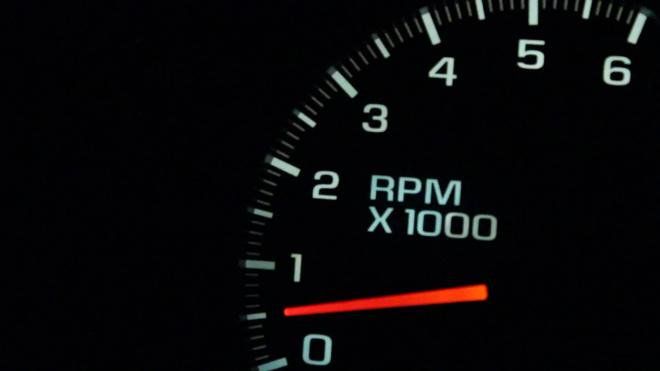The Evolution of the Tachometer: From Dashboard to Smartphone
Published On 9/6/2024, 6:47:39 am Author Nitesh YadavThe tachometer, a vital component in the dashboard of every automobile, has come a long way since its inception. This instrument, which measures the rotation speed of a vehicle’s engine in revolutions per minute (RPM), plays a crucial role in maintaining optimal engine performance and ensuring the longevity of your vehicle.

A tachometer is an instrument that measures the rotation speed of a shaft or disk, as in a motor or other machine. In the context of automobiles, it displays the number of rotations made by the engine’s crankshaft in a minute. It is usually located on the dashboard alongside the speedometer, fuel gauge, and other essential indicators.
The tachometer provides critical information about the engine’s operation. By monitoring the RPM, drivers can:
Prevent Engine Damage: Over-revving can cause significant engine damage. The tachometer helps drivers avoid pushing the engine beyond its limits.
Optimize Fuel Efficiency: Operating the engine within the optimal RPM range can enhance fuel efficiency.
Improve Performance: For manual transmissions, the tachometer assists in determining the best moment to shift gears for optimal performance.
The Evolution of the Tachometer
The tachometer has evolved significantly over the years. Early mechanical tachometers were cable-driven and used eddy currents to give a reading. With the advent of electronic ignition systems, tachometers transitioned to electronic versions, providing more accurate readings and greater durability.
Today, digital tachometers have replaced analog ones in many vehicles, offering higher precision and a plethora of features such as shift lights and memory recall of the highest RPM achieved.
Tachometer Data on Your Smartphone: The Role of Vehicle Telematics
Vehicle telematics has revolutionized the way we interact with our vehicles. By combining telecommunications and informatics, telematics allows for the remote monitoring of a vehicle’s status, including the data from the tachometer.
Modern telematics systems can transmit tachometer data to your smartphone, allowing you to monitor your engine’s performance in real-time, even when you’re away from your vehicle. This advancement not only provides convenience but also enables proactive maintenance, potentially saving costly repairs down the line.
















